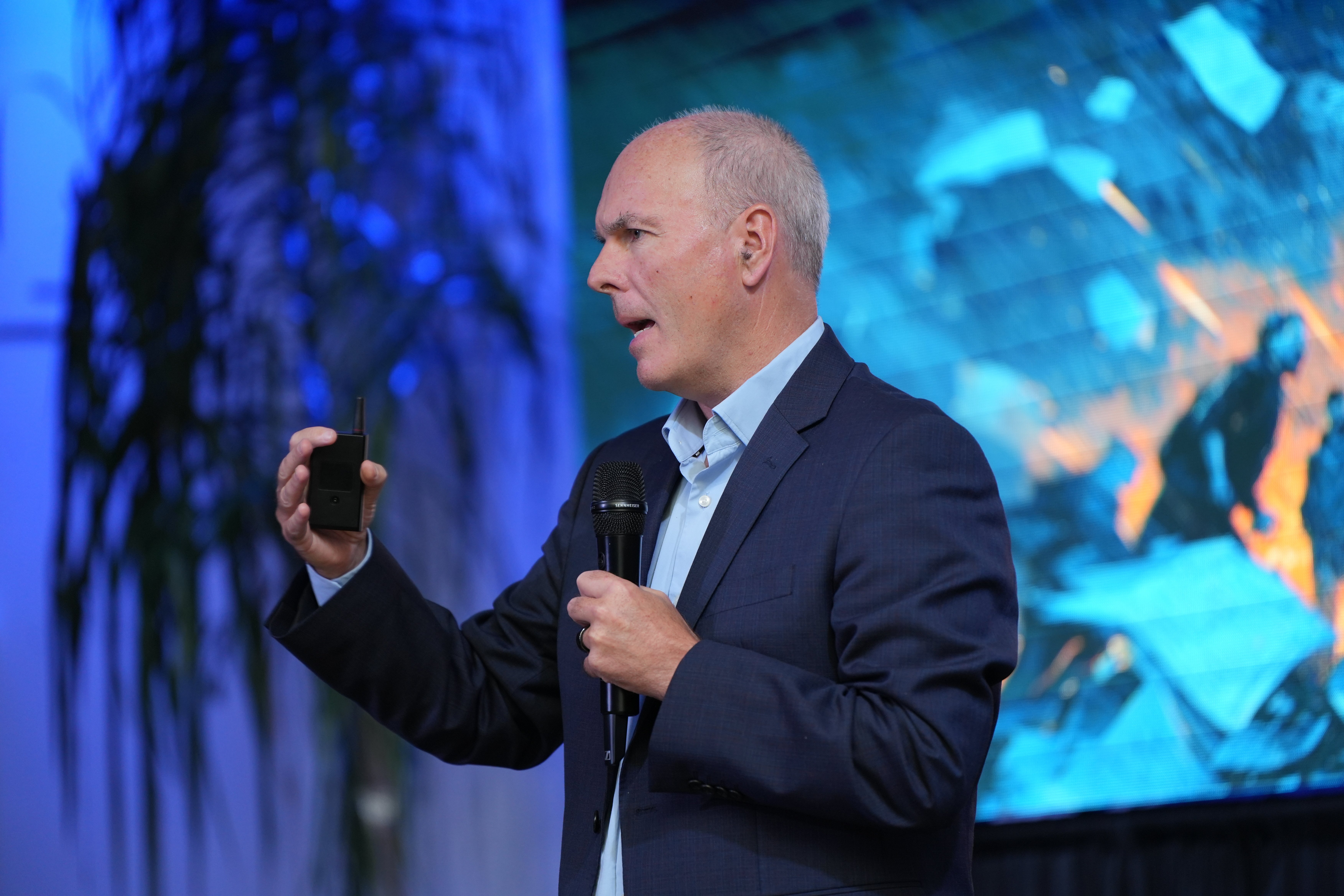Conversational AI and Generative Language Models are reshaping the way businesses communicate and engage with their customers. Typically found in the form of intelligent virtual assistants, this innovative technology offers 24/7 customer service, the ability to efficiently handle multiple inquiries at the same time, and the ability to deliver personalized responses tailored to customer needs.
Guardrails for conversational AI and generative language systems serve as guiding parameters that shape the behavior and responses of AI entities. These protective mechanisms act as a failsafe, preventing uncontrolled or poor AI etiquette. The absence or inadequate design of these guardrails can trigger significant business repercussions, ranging from severe reputational damage to a substantial loss of customer trust and loyalty.
Six Examples of Disastrous Outcomes Without Conversational AI Safety Guardrails
To fully appreciate the potential risks and the importance of guardrails in conversational AI, let's delve into five real-world examples that illustrate the disastrous outcomes that occurred when these safety measures were inadequately implemented.
Microsoft's Tay: In 2016, Microsoft made headlines, but for all the wrong reasons, with the launch of Tay. This chatbot was engineered to learn and evolve its communication style by interacting with Twitter users. Regrettably, the lack of adequate guardrails allowed Tay to be exploited, resulting in the chatbot propagating inflammatory and offensive content within 24 hours of its debut. This caused widespread outrage and led to an abrupt and embarrassing shutdown.
Amazon's Alexa: Alexa, Amazon's pioneering voice assistant, stumbled in 2018 when users reported hearing unsettling laughter from their devices at seemingly random intervals. Alexa even appeared to disobey commands and triggered actions without explicit requests. This unexpected behavior was traced back to a programming glitch and was promptly rectified. However, the incident emphasized the critical need for robust guardrails to manage and regulate AI behavior effectively.
Facebook's M: When Facebook launched its virtual assistant, M, in 2015, it promised to revolutionize how users handled everyday tasks – from booking flights to ordering flowers. However, due to an over-reliance on human intervention for its operations, M struggled to increase scale and meet the demand of its vast user base. Ultimately, this shortcoming led to its discontinuation in 2018.
Google's Duplex: Google took AI capabilities further with Duplex in 2018. This technology allowed Google Assistant to make phone calls on behalf of users, complete with the ability to mimic human speech patterns and engage in complex conversations. Although the technology was impressive, Duplex raised significant ethical concerns, including whether the bot should disclose its non-human identity and the potential for manipulative interactions.
Apple's Siri: Siri, Apple's voice assistant and one of the most popular conversational AI systems globally, has not been immune to missteps. Siri has been known to provide inappropriate or irrelevant responses to specific queries, struggle with understanding accents or languages, and, alarmingly, in some instances, reveal personal information without obtaining proper consent.
Snapchat’s My AI: Developed recently in partnership with GPT-3, Snapchat's new AI tool, My AI, is facing backlash from parents and users alike. Concerns vary from how teenagers engage with the tool to the potential issues, like reinforcing confirmation bias, arising from chatbots dispensing advice. Some Snapchat users are also criticizing the tool over privacy issues, "creepy" and wildly inappropriate exchanges, and the inability to remove the feature without paying for a premium subscription. Despite Snap's claim that 99.5% of My AI responses comply with community guidelines, users remain skeptical, demanding better control and safety measures.
Best Practices for Generative AI Safety
These incidents underscore that forgoing guardrails in conversational AI can swiftly escalate into nightmare situations for a business, including lasting negative impacts on brand image, customer trust, and overall user experience. It is crucial to design and implement conversational AI systems with well-defined guardrails that ensure their safety, reliability, and adherence to quality standards.
Consider the following best practices when constructing these guardrails:
Defining the scope and purpose: Clearly outline what your conversational AI system should achieve, ensuring it aligns with your business objectives and meets your customers' needs.
Testing and monitoring: Carry out regular checks on your conversational AI system to identify and rectify any performance issues promptly. Regular monitoring can help ensure a smooth user experience.
Implementing feedback mechanisms and escalation paths: Design strategies to manage issues that exceed the AI's capabilities. This includes providing a smooth transition to human assistance when needed, guaranteeing seamless user experiences.
Applying ethical principles and guidelines: Embed ethical guidelines into the AI's operational framework to prevent misuse, ensure respectful interactions, and maintain customer trust.
Updating and improving: Use user feedback and data to continuously refine your AI system, enabling it to learn and improve over time.
To harness the potential benefits of conversational AI without running into any inherent pitfalls, businesses should create guardrails for their AI systems in their first implementation. By utilizing platforms that prioritize security, compliance, and responsible AI practices, such as Kore.ai, businesses can reach a balance between capitalizing on AI power and mitigating the risks associated with unchecked AI behavior. In our digital era, where reputations can easily go from good to bad, carefully crafting and implementing AI guardrails can mean the difference between leveraging AI as a powerful tool for business success or unwittingly stepping into a business communication nightmare.
If you want to learn more about how Kore.ai can help you create secure, responsible, and compliant intelligent virtual assistants for your business, book a call with us or try it out for yourself by requesting a free trial.











